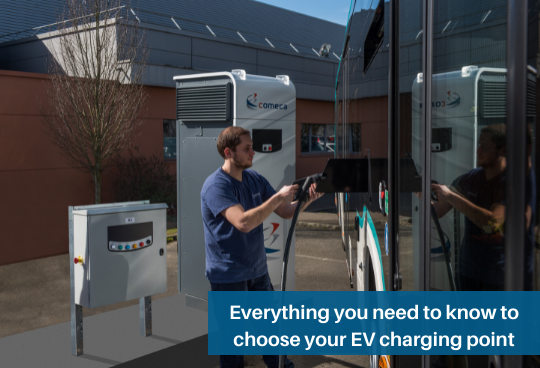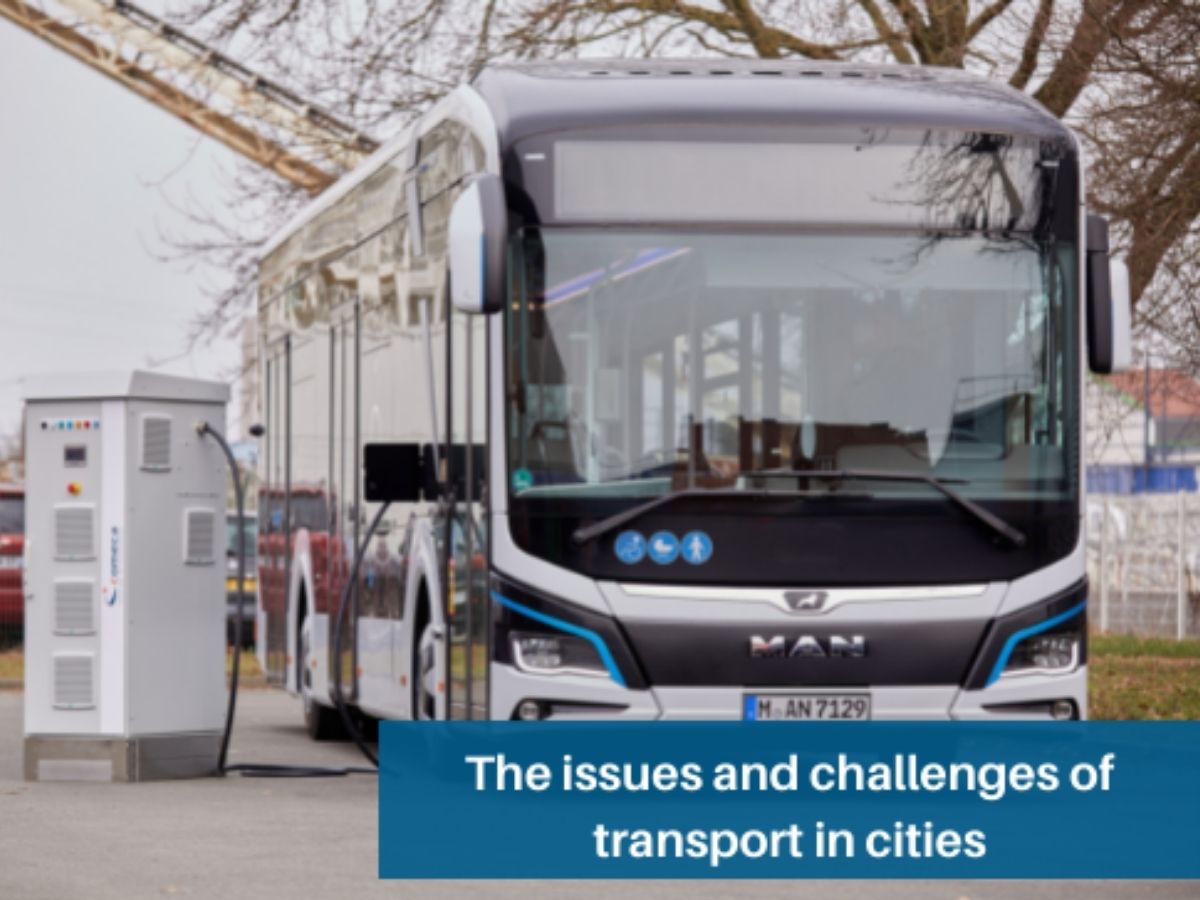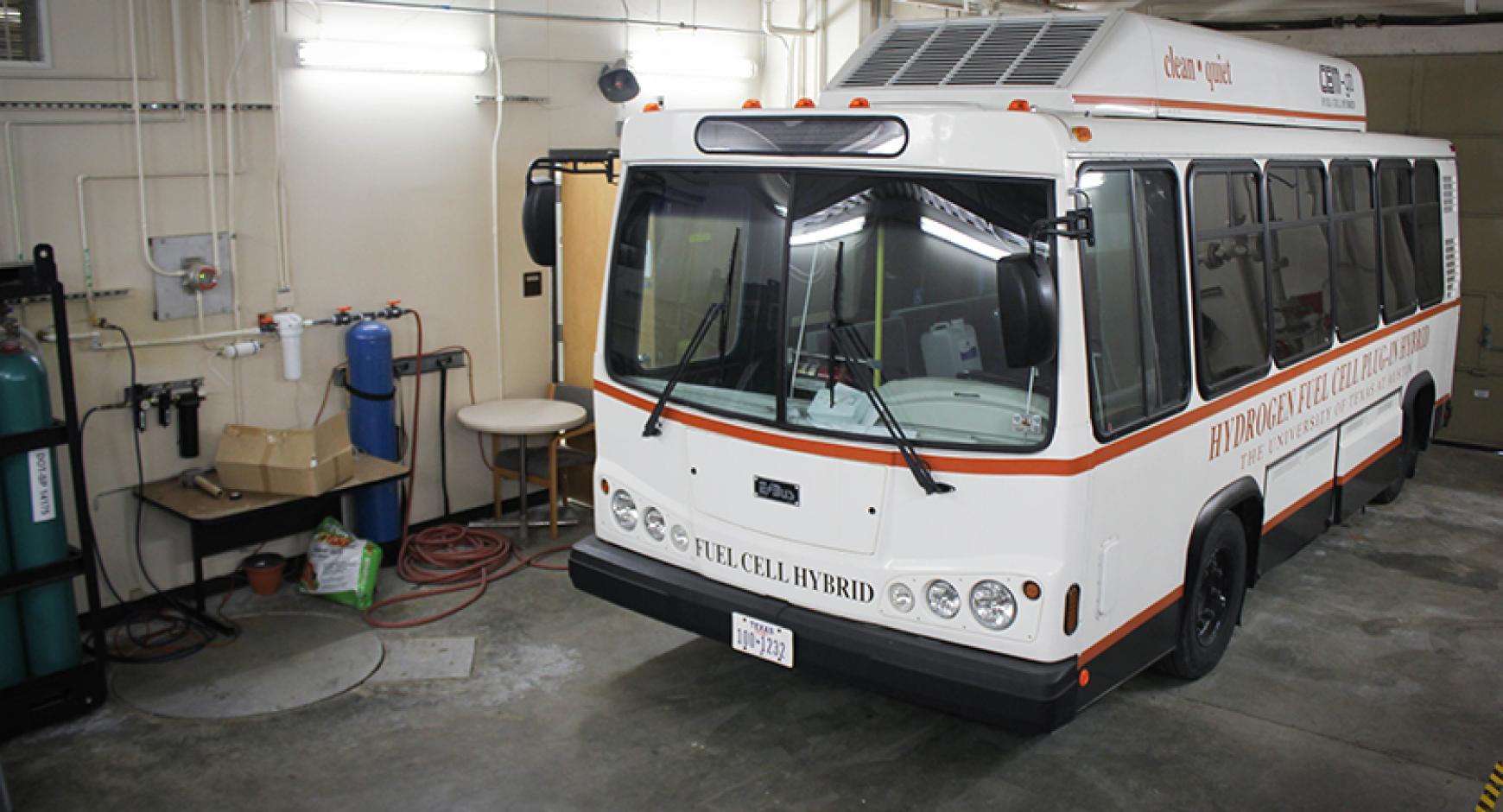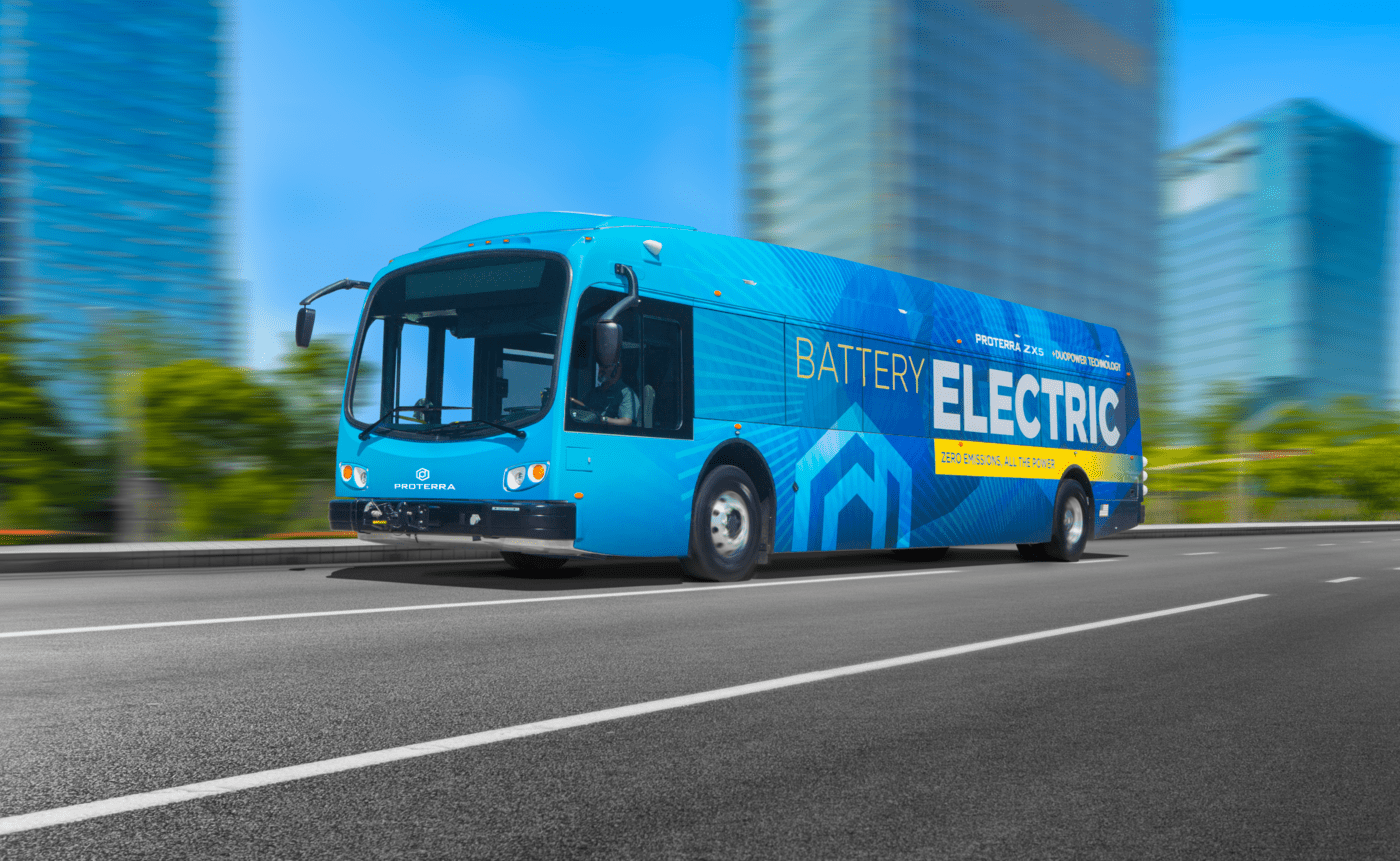The choice of the type and brand of electric bus is often a key issue when it comes to converting one or more lines of an urban mobility network from internal combustion power.
The bus fleet must meet criteria of autonomy, comfort and ergonomics that can be adapted as required to suit future requirements.
It is therefore relevant to include in this reflection, suppliers of charging stations who can offer solutions adapted to each situation. Discover the essential information to choose the right charging station for an electric bus fleet.

What Is My Operational Need?
It is essential to define your charging method(s). In most cases, electric buses are charged at the depot. However, other solutions outside the depot can be considered when the bus’s autonomy may be insufficient to cover the round trip.
Charging at the Depot
Once the journey has been completed, each bus returns to the depot to park, carry out maintenance, cleaning and/or recharge its batteries. The operating mode of each bus will allow either a short stop to complete the charging of the battery (often during the day) or a longer break to allow a full recharge (usually at night).
The depot can be equipped with charging systems in the form of terminals or a gantry that allows charging without the driver having to intervene to connect the gun (plug) to the bus.
Charging Stations
If the bus takes a very long break during its journey, it can be recharged using an AC terminal (in this case, the charger is carried on board the bus with the batteries). As the recharging time is often relatively limited and the bus battery has a high capacity, DC charging is preferred as it delivers more current and therefore energy in this limited time. This ensures that the bus will have the required autonomy before it is ready to get back on the road again.
A DC charger can be used to charge one or two buses simultaneously (if it is equipped with 2 guns). In this case, its power is adapted and distributed according to the needs of each bus. For reasons of ergonomics and safety, it may also be preferable to free up the pedestrian crossing near the bus. In this case, the power electronics will be housed in a cabinet and only the gun(s) will be made available to the driver on a dedicated stand as close as possible to each bus. These are the notions of Proxi (Proximity) or Remote charger. Numerous accessories also improve ergonomics and make life easier for drivers.
Gantry Charging
In a gantry configuration, a large metal frame spans the bus park and carries devices that will connect to the roof of each bus. The main advantage is that the system can carry high DC power, so charging is fast or even ultra-fast.
The second advantage is that the driver does not have to handle the cables and connectors. He simply has to park his electric bus under the gantry to allow it to charge. However, there are two disadvantages to gantry charging: the depot must be able to accept this type of structure and the bus must be equipped with the appropriate device on its roof to receive the energy.
The Non-Depot Load
A distinction can be made between two types of non-depot charging, the choice of which depends on the suitability of the bus for the route, the time that can be allocated to this charging phase and the performance of the electricity network at the location.
Recharging at the End of the Journey
If the return journey is incompatible with the bus’s autonomy, one solution is to make a top-up charge at the terminus before starting the return journey. In this case, the bus’s pause is used to top up the battery (the battery is never completely discharged at this stage). Depending on the break time, a fast charge is carried out via a terminal or an ultra-fast charge via a pantograph. The size of the installation (power of the charging point) will depend on the amount of energy to be produced in the time allowed.
Opportunity Charging
A dome installed at the bus stop will allow the batteries to be recharged in a few minutes by connecting to the bus roof. This is a solution that fits in well with the urban landscape, but in order to consider it, it is necessary to ensure that the electrical distribution network near the stop has the necessary power.
How to Choose the Minimum Charging Power Needed and How to Manage the Charging Time?
Set the Charging Power
Each bus carries batteries that constitute its energy reservoir. Their capacity depends on the desired range of the bus.
In order to recharge a battery and thus allow it to accumulate energy, it must be supplied with electric current for a certain period of time. Both factors can be used to store the same amount of energy : supplying more current in a limited time or supplying a limited current for a longer period. The bus will therefore have consumed part of the energy stored in its batteries by the time it comes to be recharged. The aim is to give it back sufficient autonomy for its next journey, thus to complete the battery charge to a sufficient level.
The maximum time available to complete the charge of the electric bus batteries is a factor related to its use schedule. Depending on the amount of energy to be transferred, the charging current will have to be adapted.
As a reminder, AC chargers only deliver a very small amount of power, so their charging time is quite long. DC chargers are capable of transferring much more current and therefore allow for better modulation of the charging time.
Ideally, a DC charger should be flexible throughout its life and should be able to be equipped, after installation, with additional power modules that will allow it to take into account new types of batteries that require more energy.
Define the Charging Time
In a terminal format (proxi or remote), the maximum current limit results from the use of the gun and the associated CCS socket. For higher power and ultra-fast charging, dome or gantry and pantograph solutions should be preferred.
Depending on the bus, the capacity of the on-board batteries and the characteristics of the route, it is relevant to estimate the consumption generated by the route. The bus usage schedule will then allow the maximum charging time to be determined before the bus starts again. The power of the charging station will then be sized to ensure sufficient charging to guarantee the autonomy of the next journey.
What Infrastructure Upstream of the Chargers?
In order for chargers to deliver energy to buses, they need to receive energy. They must therefore be connected to an electrical infrastructure.
It may be relevant to monitor or control the chargers from the depot offices, to have them synchronise with the bus usage schedule and to coordinate with each other for smart charging. It might also be interesting for the chargers to send a message via the web when maintenance is required. To do this, it is therefore necessary to think about connecting them to the computer network.
Electrical Infrastructure
Each terminal is supplied with low voltage via a protective circuit breaker.
The role of a circuit breaker is to protect the terminal and its power cable, it can also integrate a measurement of the distributed energy or even communicate information via a computer network. A low voltage switchboard groups together all the circuit breakers and receives its energy from a delivery point of the national electricity network.
If the depot installation has many terminals or if high power levels are used, several switchboards and/or delivery stations may be necessary. It is also possible to consider securing the availability of electrical energy by connecting each switchboard to two sources or to a back-up unit.
Connection to the national grid may be one of the energy sources if the site has an alternative energy installation such as photovoltaic panels.
In addition to the physical connection to the grid, the electricity supplier will be chosen according to various criteria, including economic ones. Being able to predict your consumption and to modulate it as needed are assets for negotiating good purchasing conditions. The use of a smart-charging system can lead to rapid savings.
IT Infrastructure
Each charging station has an integrated computer system to manage the exchanges between the vehicle and the station. This device makes it possible to identify the vehicle and modulate the charge it needs. It may be appropriate to interconnect all these devices to allow dialogue and synchronisation with the depot’s activity management tools.
The charging stations, once connected to a dedicated and private computer network, can be controlled by a smart-charging solution that will synchronise the charges according to the time the buses are stopped and their use schedule, thus optimising the site’s energy consumption. The smart-charging system interconnects with the depot’s IT network and communicates with planning tools to take into account last-minute changes.
If an external link is set up (via 5G, 4G or via the internet through the site’s firewall to protect access and data), the terminals can transmit their operating information for analysis by a remote application. The compilation of this information will provide graphs, history, operating reports or periodic consumption reports. In case of specific need, each charging station can directly send a message to request preventive or curative maintenance. It will also be able to inform the operator of a particular situation by sending a message directly to his smartphone. The operator can then connect, with his smartphone or tablet, to the supervision platform to have a complete and real time overview of the situation at the depot.
In order to choose the right charging station for electric buses, several criteria must be studied and taken into account: the type of charging (charging at the depot or outside the depot), the charging time, and the infrastructure upstream of the chargers. There are many different charging solutions for heavy electric vehicles and some products perfectly complement the choice of bus type or provide the right solution for a particular line in an urban network. It is therefore recommended to take into account both the bus manufacturer and the supplier of charging solutions when defining a strategy to equip its mobility network with electric buses.
This article was originally published by COMECA GROUP.














